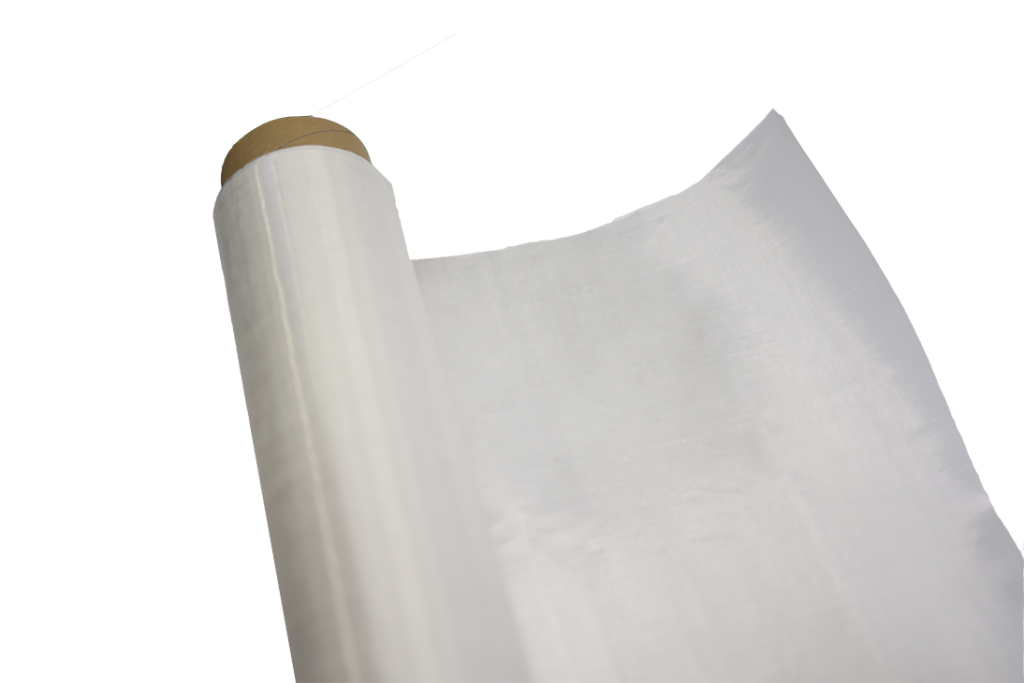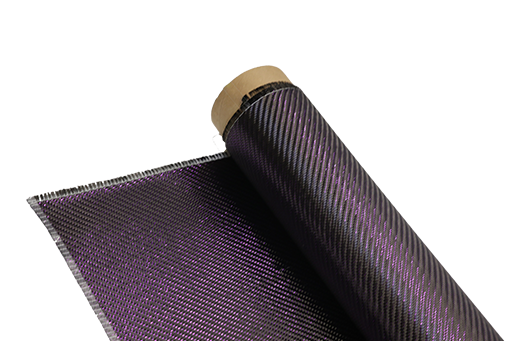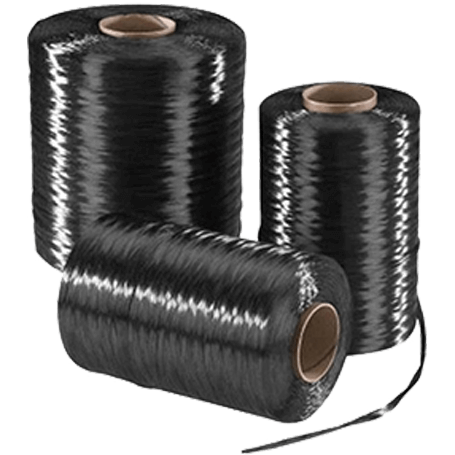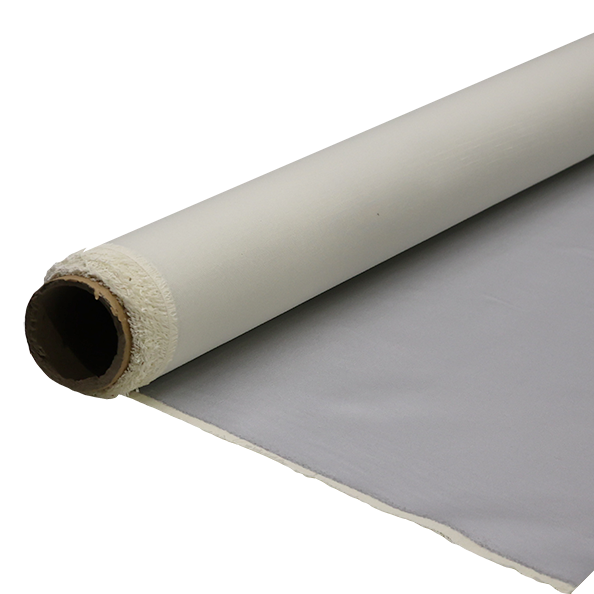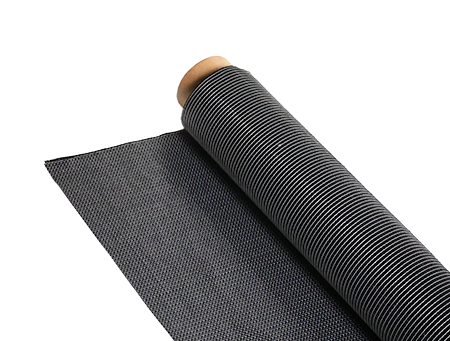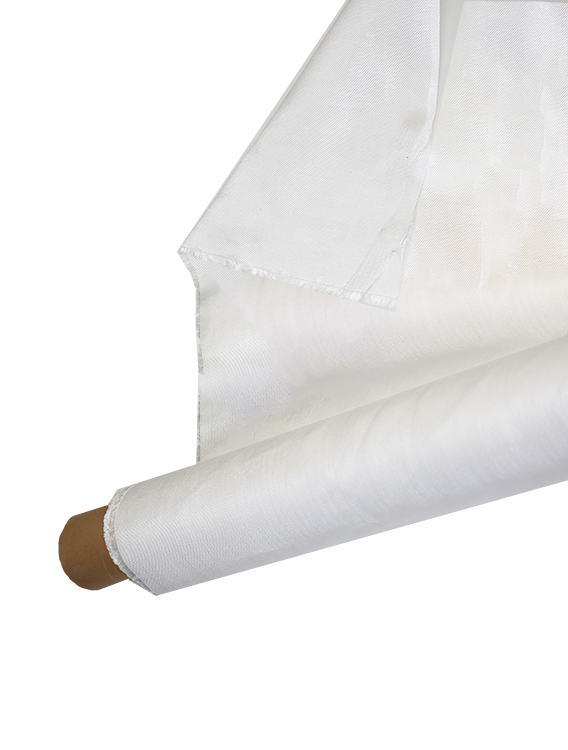El sector aeroespacial impulsa el crecimiento de la fibra de carbono de alto módulo
-
Tabla de contenido
“Elevating Innovation: Aerospace Sector Fuels High-Modulus Carbon Fiber Growth.”
The aerospace sector is a key driver of growth in the high-modulus carbon fiber market, as the demand for lightweight, high-strength materials continues to rise. With the increasing emphasis on fuel efficiency, performance, and sustainability in aircraft design, manufacturers are increasingly turning to high-modulus carbon fibers for their superior mechanical properties and reduced weight. This shift not only enhances the structural integrity and longevity of aerospace components but also contributes to lower operational costs and reduced environmental impact. As advancements in manufacturing processes and material technologies continue to evolve, the aerospace industry’s reliance on high-modulus carbon fiber is expected to expand, fostering innovation and economic growth within the sector.
Aerospace Innovations: The Role of High-Modulus Carbon Fiber
The aerospace sector has long been at the forefront of technological advancements, continually seeking materials that enhance performance while reducing weight and increasing efficiency. Among the most significant innovations in this field is the development and application of high-modulus carbon fiber, a material that has transformed the design and manufacturing processes of aircraft components. This advanced composite material, characterized by its exceptional strength-to-weight ratio and stiffness, has become indispensable in the quest for improved aerodynamics and fuel efficiency.
High-modulus carbon fiber is distinguished by its unique molecular structure, which allows for superior tensile strength and rigidity compared to traditional materials such as aluminum and steel. As the aerospace industry faces increasing pressure to meet stringent environmental regulations and consumer demands for more fuel-efficient aircraft, the adoption of high-modulus carbon fiber has emerged as a viable solution. By incorporating this lightweight material into airframe structures, manufacturers can significantly reduce the overall weight of aircraft, leading to lower fuel consumption and reduced greenhouse gas emissions.
Moreover, the versatility of high-modulus carbon fiber extends beyond mere weight reduction. Its ability to be molded into complex shapes allows for innovative designs that were previously unattainable with conventional materials. This flexibility in design not only enhances the aesthetic appeal of aircraft but also contributes to improved aerodynamic performance. As a result, aircraft equipped with high-modulus carbon fiber components can achieve higher speeds and greater range, further solidifying the material’s role in the future of aerospace engineering.
In addition to its mechanical properties, high-modulus carbon fiber exhibits excellent resistance to corrosion and fatigue, making it an ideal choice for the demanding conditions faced by aircraft in service. The longevity and durability of components made from this material translate into lower maintenance costs and extended service life, which are critical factors for airlines operating in a highly competitive market. Consequently, the integration of high-modulus carbon fiber into aerospace applications not only enhances performance but also contributes to the economic viability of aircraft operations.
As the aerospace sector continues to evolve, research and development efforts are increasingly focused on optimizing the production processes of high-modulus carbon fiber. Innovations in manufacturing techniques, such as automated fiber placement and advanced resin infusion methods, are being explored to improve efficiency and reduce costs. These advancements are essential for making high-modulus carbon fiber more accessible to a broader range of aerospace applications, from commercial airliners to military aircraft and space exploration vehicles.
Furthermore, the collaboration between aerospace manufacturers and material scientists is fostering a deeper understanding of the properties and potential applications of high-modulus carbon fiber. This synergy is paving the way for the development of next-generation composites that could further enhance performance characteristics while addressing sustainability concerns. As the industry moves toward more eco-friendly practices, the role of high-modulus carbon fiber is likely to expand, with ongoing innovations aimed at reducing the environmental impact of aviation.
In conclusion, high-modulus carbon fiber is a pivotal material driving growth and innovation within the aerospace sector. Its unique properties not only facilitate the creation of lighter, more efficient aircraft but also contribute to the overall sustainability of the industry. As advancements in material science and manufacturing techniques continue to unfold, the future of aerospace engineering will undoubtedly be shaped by the ongoing integration of high-modulus carbon fiber, solidifying its status as a cornerstone of modern aviation technology.
Enhancing Aircraft Performance with High-Modulus Carbon Fiber

The aerospace sector is experiencing a transformative shift, largely driven by advancements in materials science, particularly the development and application of high-modulus carbon fiber. This innovative material is increasingly recognized for its exceptional strength-to-weight ratio, which is crucial in enhancing aircraft performance. As the demand for more efficient and environmentally friendly aviation solutions grows, high-modulus carbon fiber emerges as a key player in meeting these challenges.
One of the primary advantages of high-modulus carbon fiber is its ability to significantly reduce the weight of aircraft components without compromising structural integrity. This reduction in weight directly translates to improved fuel efficiency, which is a critical factor in the aerospace industry. With rising fuel costs and increasing regulatory pressures to minimize carbon emissions, manufacturers are under constant pressure to innovate. By incorporating high-modulus carbon fiber into aircraft design, manufacturers can achieve lighter structures that consume less fuel, thereby reducing operational costs and environmental impact.
Moreover, the mechanical properties of high-modulus carbon fiber allow for greater design flexibility. Engineers can create complex shapes and structures that were previously unattainable with traditional materials such as aluminum or steel. This capability not only enhances the aerodynamic efficiency of aircraft but also allows for the integration of advanced technologies, such as embedded sensors and systems that monitor structural health in real-time. Consequently, the use of high-modulus carbon fiber not only improves performance but also contributes to the overall safety and reliability of aircraft.
In addition to performance enhancements, high-modulus carbon fiber offers significant advantages in terms of durability and resistance to environmental factors. Unlike metals, which can corrode and degrade over time, carbon fiber composites are highly resistant to moisture, chemicals, and temperature fluctuations. This durability translates to lower maintenance costs and longer service life for aircraft components, further enhancing the economic viability of using high-modulus carbon fiber in aerospace applications.
As the aerospace industry continues to evolve, the integration of high-modulus carbon fiber is becoming increasingly prevalent in both commercial and military aircraft. Major manufacturers are investing heavily in research and development to optimize the use of this material in various applications, from airframes to engine components. For instance, the latest generation of commercial jets features significant portions of their structures made from high-modulus carbon fiber composites, which not only improve performance but also contribute to a reduction in noise pollution—a growing concern in urban areas.
Furthermore, the global push towards sustainability is driving the aerospace sector to adopt more eco-friendly materials. High-modulus carbon fiber aligns with this trend, as it can be produced using renewable resources and has a lower carbon footprint compared to traditional materials. As airlines and manufacturers strive to meet ambitious sustainability targets, the role of high-modulus carbon fiber will likely expand, paving the way for a new era of environmentally responsible aviation.
In conclusion, the aerospace sector’s embrace of high-modulus carbon fiber is a testament to the material’s potential to revolutionize aircraft performance. By enhancing fuel efficiency, enabling innovative designs, and providing superior durability, high-modulus carbon fiber is not only reshaping the future of aviation but also contributing to a more sustainable industry. As research continues and technology advances, the full spectrum of benefits offered by this remarkable material will undoubtedly unfold, further solidifying its place at the forefront of aerospace innovation.
Sustainability in Aerospace: The Impact of High-Modulus Carbon Fiber
The aerospace sector is increasingly recognizing the importance of sustainability, and high-modulus carbon fiber is emerging as a pivotal material in this transformation. As the industry grapples with the dual challenges of reducing environmental impact and enhancing performance, the adoption of high-modulus carbon fiber offers a promising solution. This advanced composite material not only contributes to weight reduction in aircraft but also plays a significant role in improving fuel efficiency, thereby lowering greenhouse gas emissions.
To begin with, the lightweight nature of high-modulus carbon fiber is one of its most compelling attributes. Traditional materials, such as aluminum and steel, have long been the backbone of aerospace manufacturing; however, their weight can significantly hinder fuel efficiency. In contrast, high-modulus carbon fiber is substantially lighter, allowing for the design of aircraft that are not only more efficient but also capable of carrying larger payloads. This reduction in weight translates directly into lower fuel consumption, which is a critical factor in the aerospace industry’s efforts to minimize its carbon footprint.
Moreover, the durability and strength of high-modulus carbon fiber further enhance its appeal in the aerospace sector. Unlike conventional materials that may require frequent maintenance or replacement, high-modulus carbon fiber exhibits exceptional resistance to fatigue and environmental degradation. This longevity not only reduces the need for repairs and replacements but also contributes to a more sustainable lifecycle for aircraft. By extending the operational lifespan of aircraft components, manufacturers can decrease the frequency of production cycles, thereby conserving resources and reducing waste.
In addition to its physical properties, the production process of high-modulus carbon fiber is also evolving to align with sustainability goals. Manufacturers are increasingly adopting greener practices, such as utilizing renewable energy sources and implementing closed-loop systems that minimize waste. These advancements not only reduce the environmental impact of carbon fiber production but also set a precedent for other materials used in aerospace manufacturing. As the industry moves towards a more sustainable future, the integration of eco-friendly practices in the production of high-modulus carbon fiber is a significant step forward.
Furthermore, the aerospace sector’s commitment to sustainability is reflected in its investment in research and development aimed at enhancing the properties of high-modulus carbon fiber. Innovations in this field are focused on improving the material’s performance while simultaneously reducing its environmental impact. For instance, researchers are exploring bio-based precursors for carbon fiber production, which could further decrease reliance on fossil fuels and lower the overall carbon footprint of the material. Such advancements not only bolster the sustainability of high-modulus carbon fiber but also position it as a leader in the quest for greener aerospace solutions.
As the aerospace industry continues to evolve, the role of high-modulus carbon fiber in promoting sustainability cannot be overstated. Its lightweight, durable, and environmentally friendly characteristics make it an ideal choice for modern aircraft design. By embracing this advanced material, the aerospace sector is not only enhancing its operational efficiency but also taking significant strides towards a more sustainable future. In conclusion, the integration of high-modulus carbon fiber into aerospace applications exemplifies how innovation can drive growth while addressing pressing environmental concerns. As the industry moves forward, the commitment to sustainability will undoubtedly shape the trajectory of aerospace manufacturing, with high-modulus carbon fiber at the forefront of this transformation.
Preguntas y respuestas
1. **Question:** What is driving the demand for high-modulus carbon fiber in the aerospace sector?
**Answer:** The demand is primarily driven by the need for lightweight, high-strength materials that improve fuel efficiency and performance in aircraft design.
2. **Question:** How does high-modulus carbon fiber benefit aerospace applications?
**Answer:** High-modulus carbon fiber offers superior stiffness and strength-to-weight ratios, which enhance structural integrity and reduce overall aircraft weight, leading to lower operational costs.
3. **Question:** What trends are influencing the growth of high-modulus carbon fiber in aerospace?
**Answer:** Trends include increasing investments in advanced materials research, the push for sustainable aviation solutions, and the growing adoption of composite materials in next-generation aircraft designs.The aerospace sector is a significant driver of growth in the high-modulus carbon fiber market due to its demand for lightweight, high-strength materials that enhance fuel efficiency and performance. As aircraft manufacturers increasingly prioritize advanced materials to meet stringent regulatory standards and improve overall sustainability, the adoption of high-modulus carbon fiber is expected to rise. This trend not only supports innovation in aircraft design but also contributes to the broader advancement of aerospace technologies, positioning high-modulus carbon fiber as a critical component in the future of aviation.

